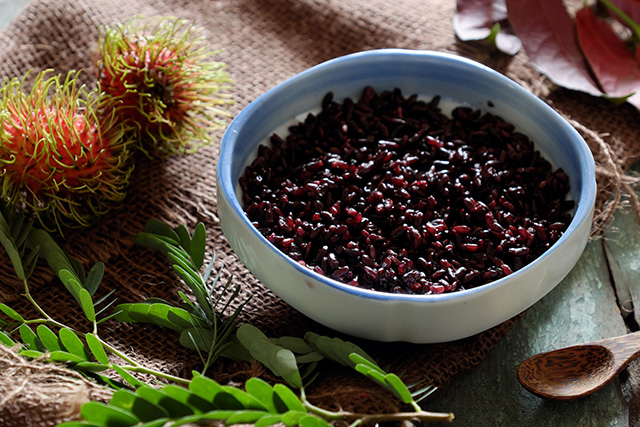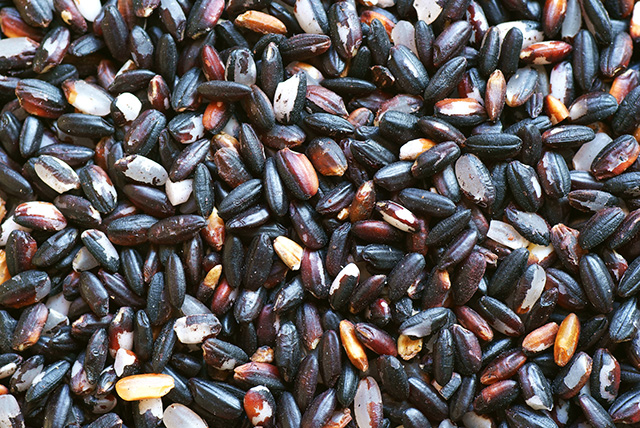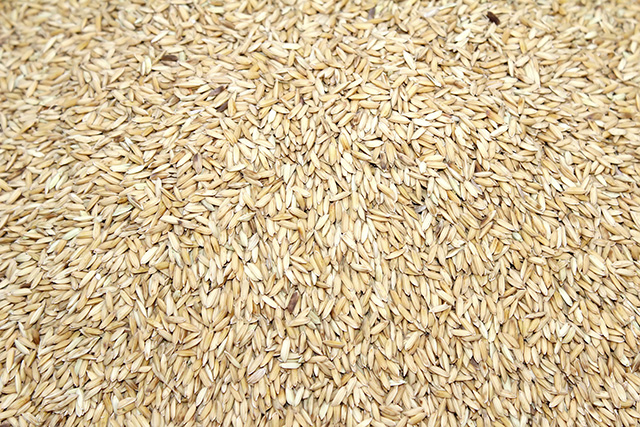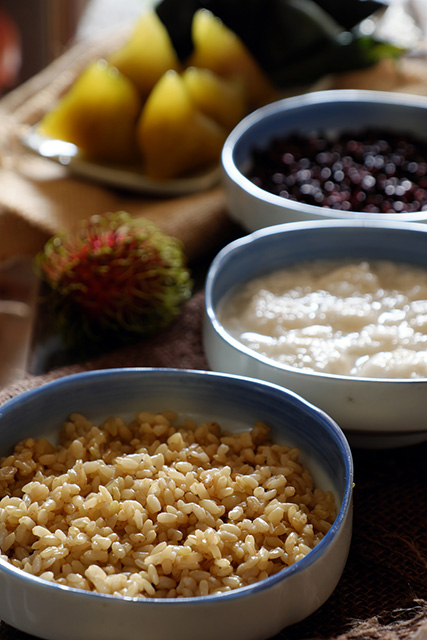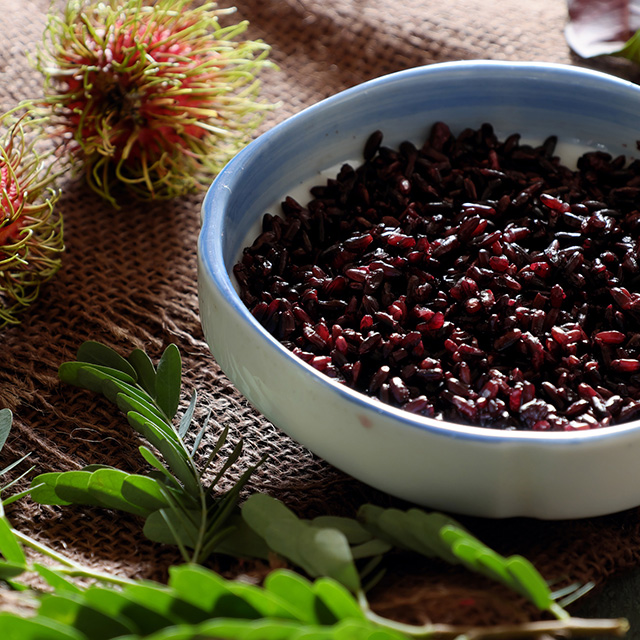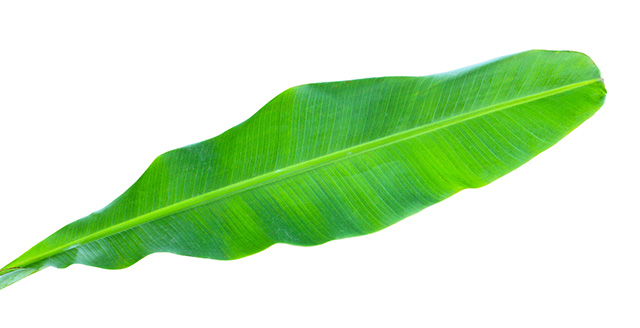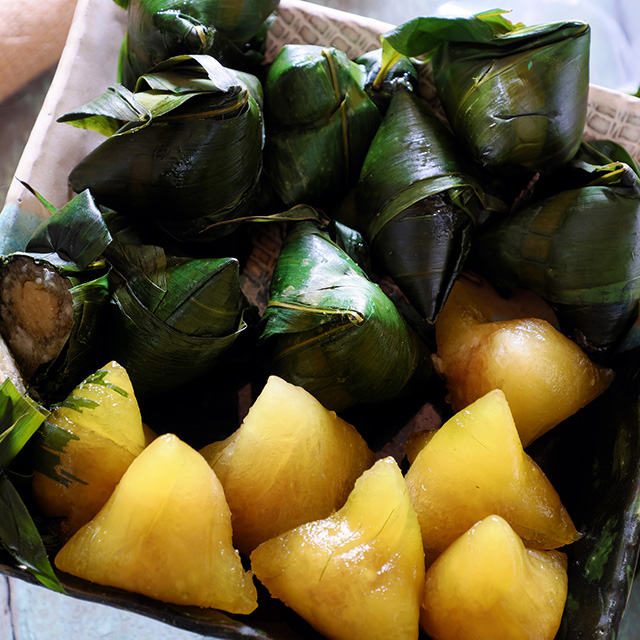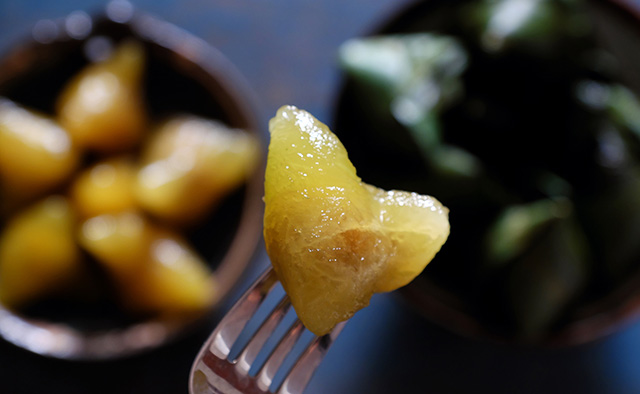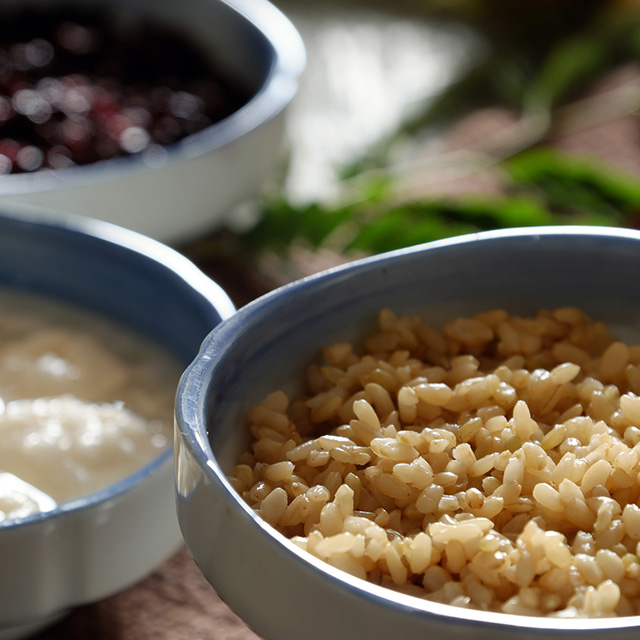
“Hacco” report in Vietnam【Com Ruou】:Introducing fermented food from Vietnam
This is an article written about fermented food in Vietnam.
This time we report about “Com Ruou”, fermented food of Vietnam which fermented rice.
It is Ms.Ann who taught us. Ms.Ann is a local staff member of “B & Company”, a market research company specializing in the Vietnamese market.
✔Related articles
“Hacco” report in Vietnam【Fish sauce (Nuoc mam)】 / Japanese edition(日本語版)
“Hacco” report in Vietnam【Fish sauce (nuoc cham)】 / Japanese edition(日本語版)
“Hacco” report in Vietnam【Nare-zushi (Mam ca)】 / Japanese edition(日本語版)
“Hacco” report in Vietnam【Nem chua】 / Japanese edition(日本語版)
“Hacco” report in Vietnam【Com Ruou】 / Japanese edition(日本語版)
Q: What kind of fermented food is “Com Ruou”?
A: “Com Ruou” is one of the most common Vietnamese traditional fermented dishes.
“Cơm” refers to Vietnamese sticky rice, and “rượu” means alcohol. As you may guess, its taste is saturated with mild alcoholic scent from fermented grain liquid. The dish is commonly served annually on 5th May Lunar Calendar, which is Doan Ngo Tet, meaning the start of mid-day festival, as the sun is believed to be most close to the earth. Nowadays, not only in this event, “Com Ruou” is a perfect treat after main meals as a dessert or a type of snack on street vendors.
Ordinary “Com Ruou”
Despite alcohol scent, “Com Ruou” is in fact, truly healthy. In Oriental medical, it is proven to be very good for the digest system, especially for people with digestive disorders due to its nature of sweetness, softness and rich nutrition, notably high-fibre. In addition, the dish is popular among ladies for its unique ability of being utilized for facial mask, which could balance the skin moisture and help recovering unhealthy skin, followed with whitening effects.
Talking about ingredients of “Com Ruou”, the first one must be sticky rice, of any type, such as normal pure white sticky rice, “nếp cái” – yellow color rice, “nếp cẩm” – violet glutinous rice, and “gạo lứt”- hulled rice/brown color. The latter is the most traditional and mostly-used one, and has only its husk removed, whereas the bran and germ layer remain. Thus, it’s extremely nutritious and healthy. Other ingredients are water, salt and Vietnamese yeast. Yeast made with rice powder and Chinese herbs is recommended.
pure white sticky rice
nếp cẩm
gạo lứt
Q: Is “Com Ruou” similar or different from Japanese Amazake?
A: “Com Ruou” is quite different in terms of appearance, ingredient and flavour as subsequent.
When it comes to fermented rice, you would probably recall Japanese Amazake. However, Vietnamese “Com Ruou” is quite different. First of all, you can tell from appearance. Amazake can be seen as whole liquid covering with milky white color. Whereas, the rice made for “Com Ruou” is still intact and its colours are diverse based on the type of rice.
Japanese Amazake
Next regarding ingredient, yeast used in Amazake is made from a Japanese fungus called Koji, meanwhile the Vietnamese version is fermented by Vietnamese sweet yeast, made from Chinese herbs, specially designed for making “Com Ruou”. As a result, the flavor of the two dishes are different, the taste Vietnamese “Com Ruou” contains much stronger scent of alcohol while to Amazake, acohol scent is hardly recognized.
Q: Please tell me how to make “Com Ruou”?
A: Great food don’t need complex recipe, so does “Com Ruou”.
There are three main stages to have a delicious one.
Stage 1: Cook the rice
Before cooking, soak the rice in cold water for approximately 3 to 4 hours, and drain the water out completely. Then season the rice with a pinch of salt and mix well
To cook the rice, normally there are 3 methods, in which the 1st one would have output much softer and sticky in which the 1st one would have output much softer and sticky
– Method 1: Using 2- layer steamer with water in the bottom layer, and rice at the top layer.
– Method 2: Using rice cooker, similar to cook rice for daily meal. Boiled water is used with less amount than that used for daily rice
– Method 3: Using pot. Frequent stirring is required
After 15 minutes the rice will be cooked, so let it cool down by spreading equally on a dish or tray.
Stage 2: Mix with yeast
First, grind the yeast, the smaller the better, then filter it with drainer
Mix rice with yeast in small amount first then gradually add more to mix, so that they can be well mixed
Stage 3: Let them fermentation
Put the mixture into a glass bottle, crock or porcelain. Compress, but not too tight, the rice to bottom to let air in for yeast working. put a rag covering the entire surface of the rice (without closing lid). After 3 to 5 days kept outside, if liquid from the rice comes out with mild scent of alcohol, it signs that the dish will become done.
For preservation, keep in freezer. If it is let outside for more than a week, the rice will be more alcoholic, spicy, and inedible.
Q: Please tell me how to eat “Com Ruou”?
A: “Com Ruou” can be served both hot or cold.
But as from the majority preference, it is best served when cold. In addition, if “nếp cẩm” rice is cooked, people often mix it with plain yogurt, the sweetness and spiciness of the rice would balance out with the sour taste of yogurt, resulting in a creamy, delicate dessert soup that is favored by many Vietnamese teenagers.
Yogurt with “Com Ruou nếp cẩm”- violet glutinous rice
Though “Com Ruou” is very beneficial to human health. However, an important point to note that, if your stomach is empty, it is not suitable to eat this dish as it contains a large quantity of unrefined acids, which would resulted in a stomach full of gastric acid, damaging your spleen and abdomen. Therefore, it is best served as a dessert, after main meals.
Q: Is there any difference of “Com Ruou” among areas?
A: Yes. “Com Ruou” varies between the Northern, Middle and Southern parts of Vietnam
One could easily tell by their appearances and cooking methods.
“Com Ruou” of northern Vietnam
In the North, “Com Ruou” is usually made from “nếp cái”, notably with yellow color or “nếp cẩm”, violet glutinous rice. The rice is processed and would be kept intact.
“Com Ruou” of the middle Vietnam
Meanwhile, in the Middle, the dish is usually served in cubes, normally 3 cubes per bow sinking in the alcoholic liquid extracted from the fermented process.
“Com Ruou” in the Middle ※Source: My Phuong, Mytour, 9/2/2015, mytour.vn/location/8427-com-ruou-dac-san-nhung-dip-le-tet-cua-nguoi-viet
The method of cooking is much more meticulous. The sticky rice commonly used is “nếp ngỗng” featuring with its milky white colour and the shape of an egg Firstly, rice is steamed twice for the output can be cooked softly from within. After cooking, let the rice cool down and press it with banana leaves.
Put yeast equally on the surface and use knife to cut the rice into equally square shape, then put more yeast covering every part of each rice cube. Finally, take the banana leaves to wrap each cube then put in the tray for fermenting, leave a basin below for containing liquid from the fermented process. After a few days, the rice fragrance spreads out, take out the banana leaves cover, put all the rice cubes in a large bowl then soak in the extracted grain liquid, leave it for 1 more day before serving.
“Com Ruou” of southern Vietnam
Lastly, in the Southern part, the rice is rolled in small balls prior to the fermented step. In this area “Com Ruou” is cooked with normal sticky rice. As it is ready, Southern people would add sugar liquid for serving.
“Com Ruou” in the South ※Source: NhuNgoc, cookpad, cookpad.com/vn/cong-thuc/1486497-Com Ruou-miền-nam
Q: Please tell me more about Doan Ngo Tet?
A: Another typical name for Doan Ngo Tet is “Tết giết sâu bọ”, translated as “Insects killing festival”.
Many Eastern people such as Chinese and Korean commonly celebrate this period of the year. Each region has its own unique legend explains the originality of their own events.
Source: Cay da, gieng nuoc, mai dinh – Net yen binh cua lang que viet, 28/03/2013, anywhere.com.vn/vn/news/detail/doc-dao-viet-nam/cay-da-gieng-nuoc-mai-dinh-net-yen-binh-cua-lang-que-viet/87
According to Vietnamese myth, in thousands of years ago, farmers were celebrating at their most ecstatic spirit after a huge bumper crop. Suddenly, insects from nowhere rose up and damaged the entire harvests, affected many lives. People were heartbroken and desperate because they couldn’t find any way to stop this hazard, some even caught serious diseases. An old man showed up, called himself Doi Truan and told everyone to prepare Offerings of only “Bánh tro” (also known as Vietnamese sticky rice dumpling), fruits, and then exercise in the yard. People followed it and only after a while, insects were falling apart and being wiped out completely. Before disappearing, the old man reminded that on this day, insects become very aggressive, but once we prepare the Offerings, they could be eliminated.
“Bánh tro” – A typical dish in Doan Ngo Tet
In order to honor the help of Doi Truan, Vietnamese people named the day as “Tết giết sâu bọ” – “insects killing festival”. In addition, insects mentioned in this context are also referred to a person’s inner insects, in other word, parasites. Vietnamese ancestors believe that on this day, harmful parasites within our body would be revealed and we can easily eliminate them by eating dishes that are flavored with spiciness, bitterness and sweetness.
✔Related articles
“Hacco” report in Vietnam【Fish sauce (Nuoc mam)】 / Japanese edition(日本語版)
“Hacco” report in Vietnam【Fish sauce (nuoc cham)】 / Japanese edition(日本語版)
“Hacco” report in Vietnam【Nare-zushi (Mam ca)】 / Japanese edition(日本語版)
“Hacco” report in Vietnam【Nem chua】 / Japanese edition(日本語版)
“Hacco” report in Vietnam【Com Ruou】 / Japanese edition(日本語版)
B&Company
A market research company specializing in Vietnamese market
We are providing market research, local partner matching and regulatory research services to support enterprises and individuals who want to sell their products or services in Vietnam.
What is market research?
For example, in case you want to sell miso in Vietnam, in order to consider whether to start the business, it is necessary to collect various information: “Does Vietnamese people have habit of eating miso?”, “Is Vietnamese miso different from Japanese miso?”, “How often does Vietnamese people buy miso? Where to buy? How about the price?”, “What kind of procedure is necessary when importing miso (or manufacturing locally) to sell in Vietnam?” In brief, we conduct research in local market (market research) to collect these kind of information. Taking advantage of having wide local and international network, B&Company conducts market research and delivers to customers insights of the market.
What distinguishes our services?
We have more than 9 years of experience in Vietnamese market, accomplishing more than 100 projects in various industries. We are providing market research, consulting and business support services. We could offer continuous support from feasibility study to enterprise establishment. Especially, we have extensive experience in market research both B2B and B2C, and able to propose optimal research design according to budget and research purposes.We conduct effective market research at reasonable price by utilizing our own online survey system.
WEBSITE / Facebook / twitter (Posted by B&Company Representative)
Contact: (mail) info@b-company.jp or (Tel) 03-5829-4006
Reference
1. https://blog.beemart.vn/cach-lam-com-ruou-nep-thom-ngot-cho-ngay-tet-doan-ngo/
2. https://khoahoc.tv/nguon-goc-va-y-nghia-tet-doan-ngo-o-viet-nam-73031
3. https://dantri.com.vn/doi-song/5-mon-giet-sau-bo-cho-bo-lo-trong-ngay-tet-doan-ngo-20170529125535879
4. https://mytour.vn/location/8427-com-ruou-dac-san-nhung-dip-le-tet-cua-nguoi-viet.html
5. https://vtc.vn/nguon-goc-tet-doan-ngo-tai-viet-nam-d326245.html
6. http://ruoucutom.vn/5/vi-VN/bi-quyet-lam-com-ruou-ngon–ruou-nep-cai-hoa-vang.aspx
7. https://baomoi.com/7-mon-an-dan-da-trong-ngay-tet-doan-ngo-diet-sau-bo-tot-nhat/c/22406118.epi
8. http://bnews.vn/tet-doan-ngo-mung-5-thang-5-nguon-goc-va-y-nghia/46282.html
9. http://kenh14.vn/ly-giai-vi-sao-co-tuc-an-ruou-nep-vao-tet-diet-sau-bo-20160608170921197.chn
Image:
10. http://vietq.vn/cach-chon-gao-nep-thom-ngon-cho-dip-tet-dinh-dau-2016-d111656.html
11. https://phunukieuviet.com/ung-thu/gao-nep-cam-sieu-thuc-pham-khong-the-bo-qua-de-phong-chong-ung-thu
12. http://gaonambinh.vn/news/GAO-DE-NAU-RUOU/BAN-GAO-NEP-DE-NAU-RUOU-TAI-HA-NOI-238/



